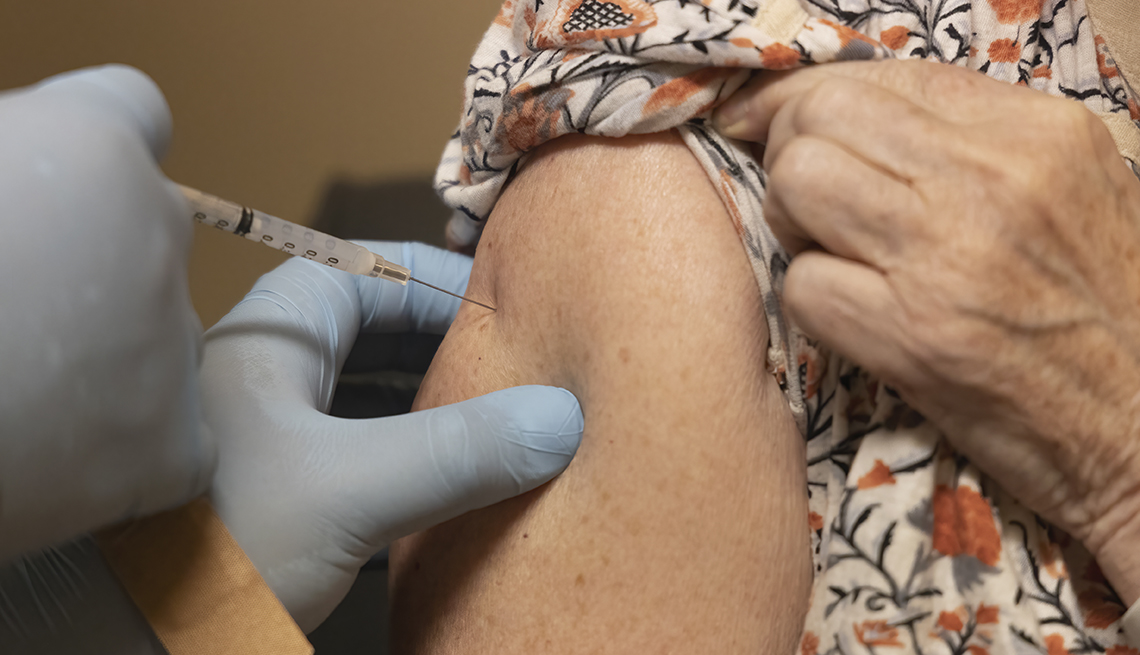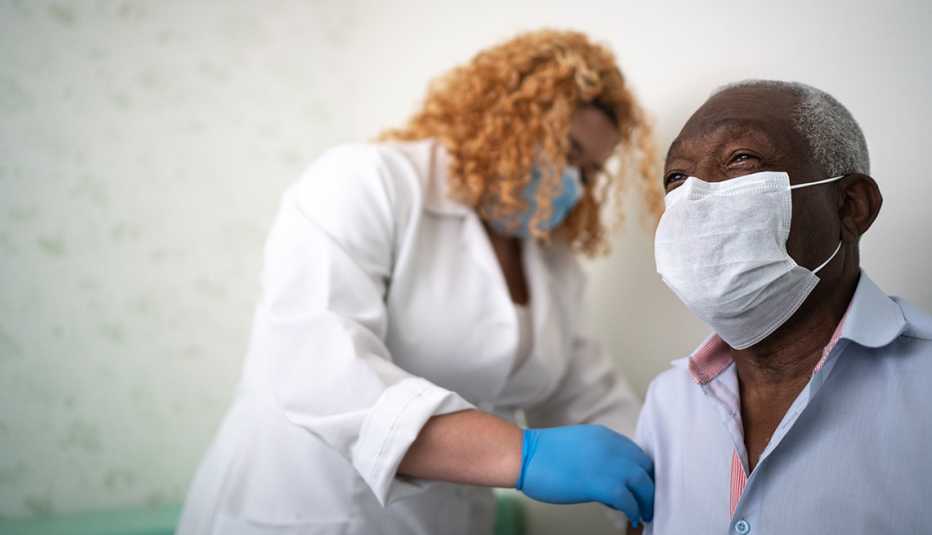Staying Fit
Americans 50 and older can get a second COVID-19 vaccine booster shot, the U.S. Food and Drug Administration (FDA) announced on March 29. The Centers for Disease Control and Prevention (CDC) agreed with the FDA and has updated its vaccine recommendations to include a second booster.
In authorizing another dose of the Pfizer-BioNTech or Moderna vaccines, the agency said that “emerging evidence suggests that a second booster dose of an mRNA COVID-19 vaccine improves protection against severe COVID-19 and is not associated with new safety concerns.” The second booster, the FDA says, may be given to individuals 50 and older at least four months after they received a first boost of any authorized or approved COVID-19 vaccine. In the U.S., that would be the Pfizer, Moderna or Johnson & Johnson products.


AARP Membership— $12 for your first year when you sign up for Automatic Renewal
Get instant access to members-only products and hundreds of discounts, a free second membership, and a subscription to AARP the Magazine.
The FDA also added people younger than 50 to its authorization if they are either immunocompromised or have conditions that are equivalent to being immunocompromised, such as having had a certain organ transplant. Those individuals 12 and older would get a second Pfizer booster, and those 18 and older could get the extra Moderna shot.
“Current evidence suggests some waning of protection over time against serious outcomes from COVID-19 in older and immunocompromised individuals,” said Peter Marks, M.D., director of the FDA’s Center for Biologics Evaluation and Research. “Based on an analysis of emerging data, a second booster dose of either the Pfizer-BioNTech or Moderna COVID-19 vaccine could help increase protection levels for these higher-risk individuals.” Throughout the pandemic, older Americans and those with compromised immune systems have been most at risk, especially for serious infection and death.
CDC Director Rochelle Walensky said this second booster “is especially important for those 65 and older and those 50 and older with underlying medical conditions that increase their risk for severe disease from COVID-19, as they are the most likely to benefit from receiving an additional booster dose at this time.”



































































